Killer Chemistry: The Chemical Weapons of World War I (Photos)
Simple gas mask
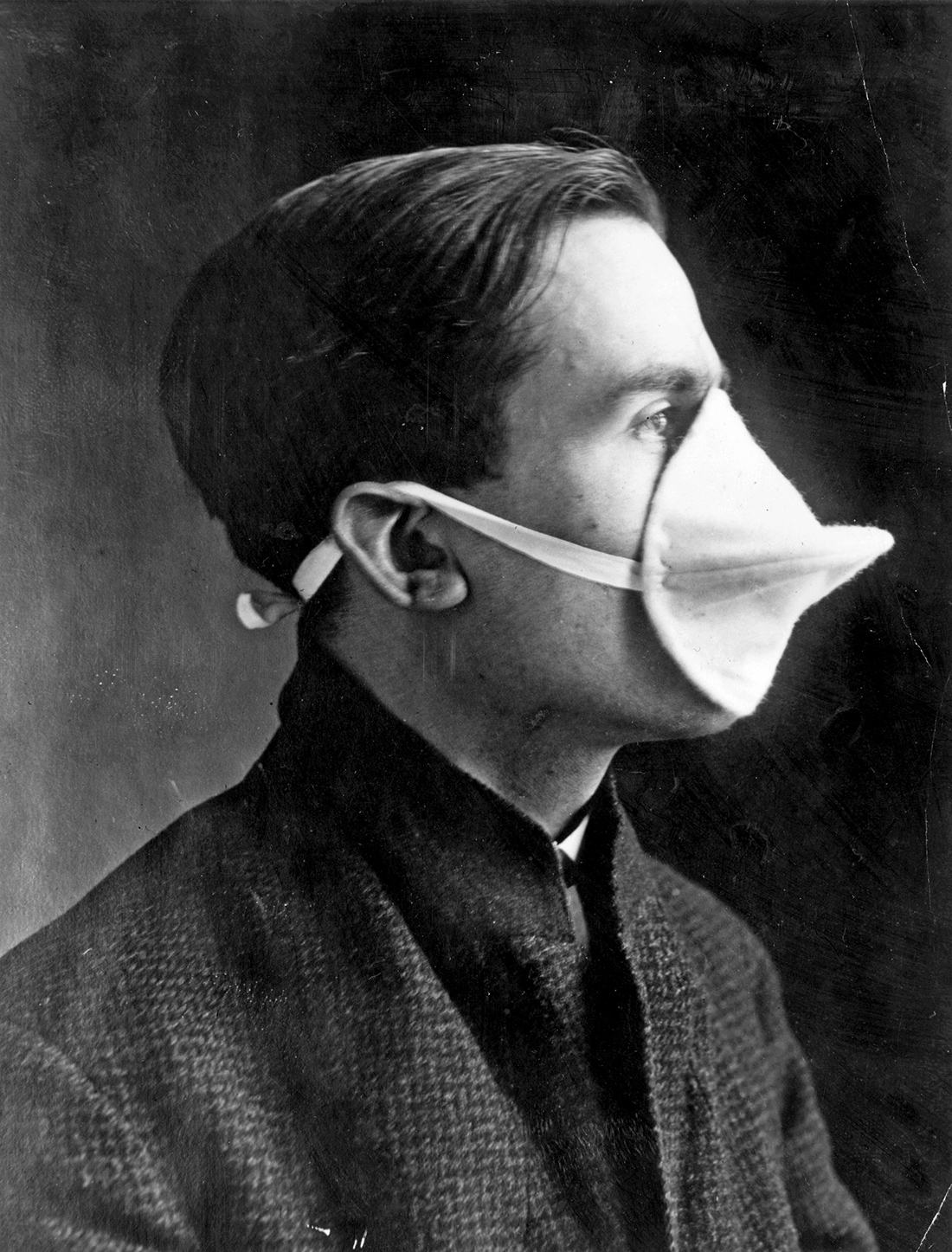
World War One (WWI), known as the “chemists’ war,” was the first time that chemical weapons were used for killing thousands of people on the battlefield at a time. By the war’s end, world leaders mobilized to contain the horrific and deadly agents of mass destruction.
A very simple "gas mask used during WWI by the allies in the campaign in France, circa 1915.
Sound the alarm
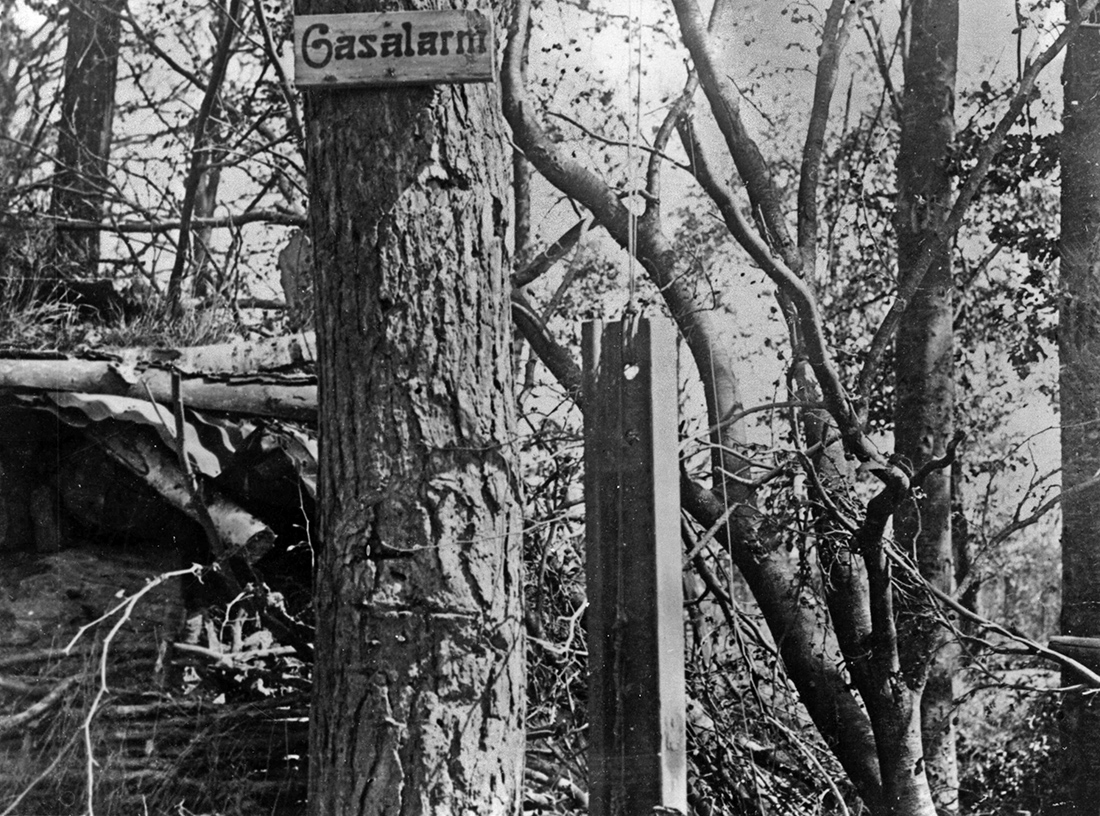
A German signal alarm warned when their gas was being released. This photo was taken circa 1916.
Gas warning
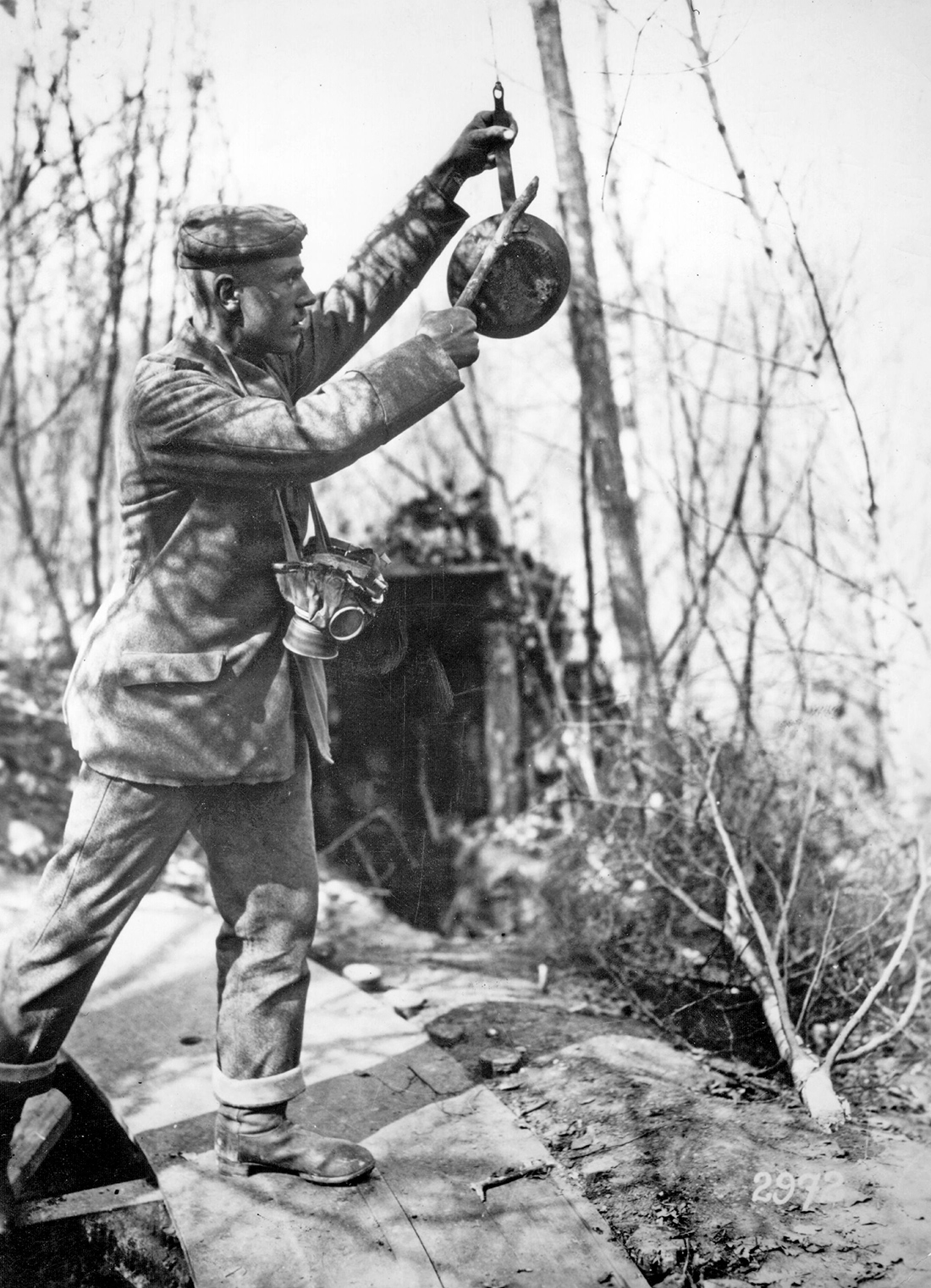
A German soldier bangs on a suspended frying pan to warn of a gas attack.
American nurse
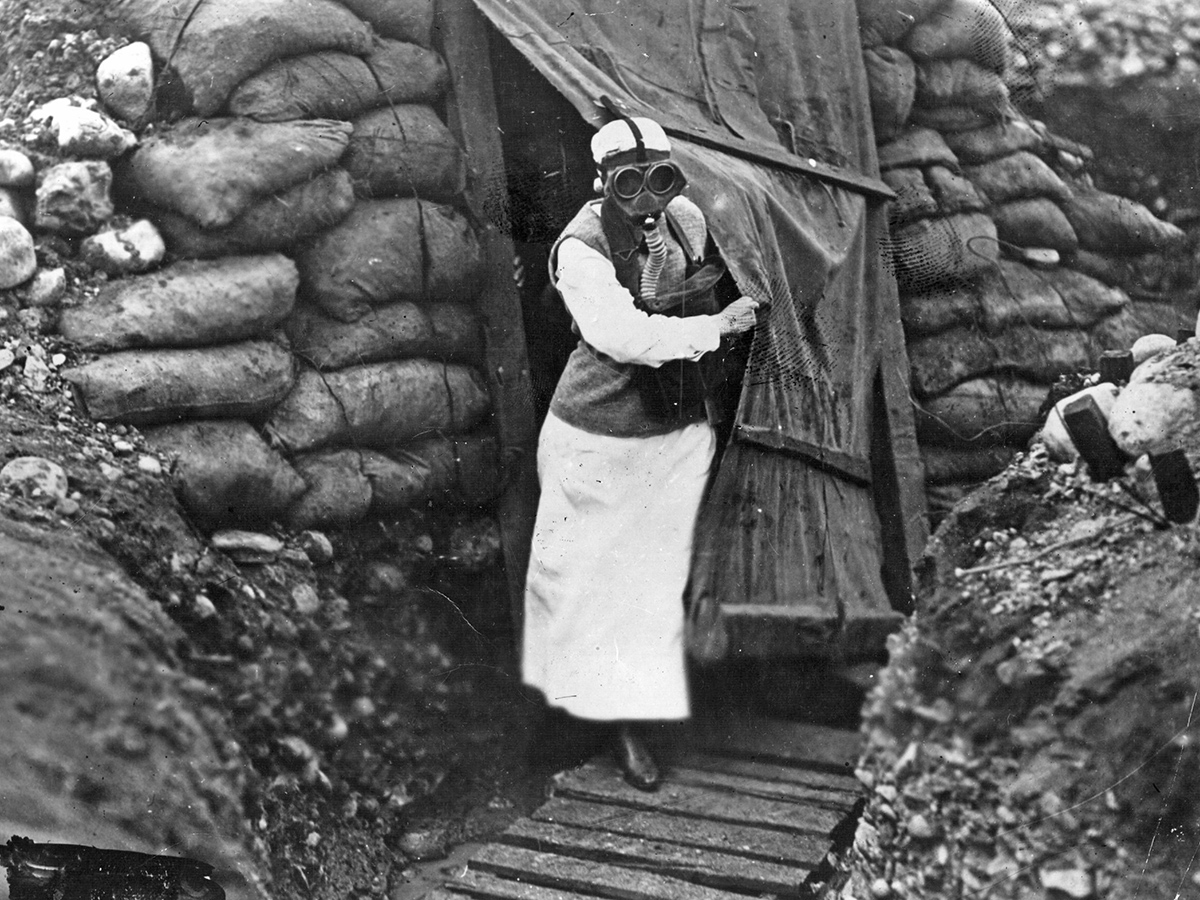
An American nurse wears her gas mask while working in the trenches near the front.
American soldier
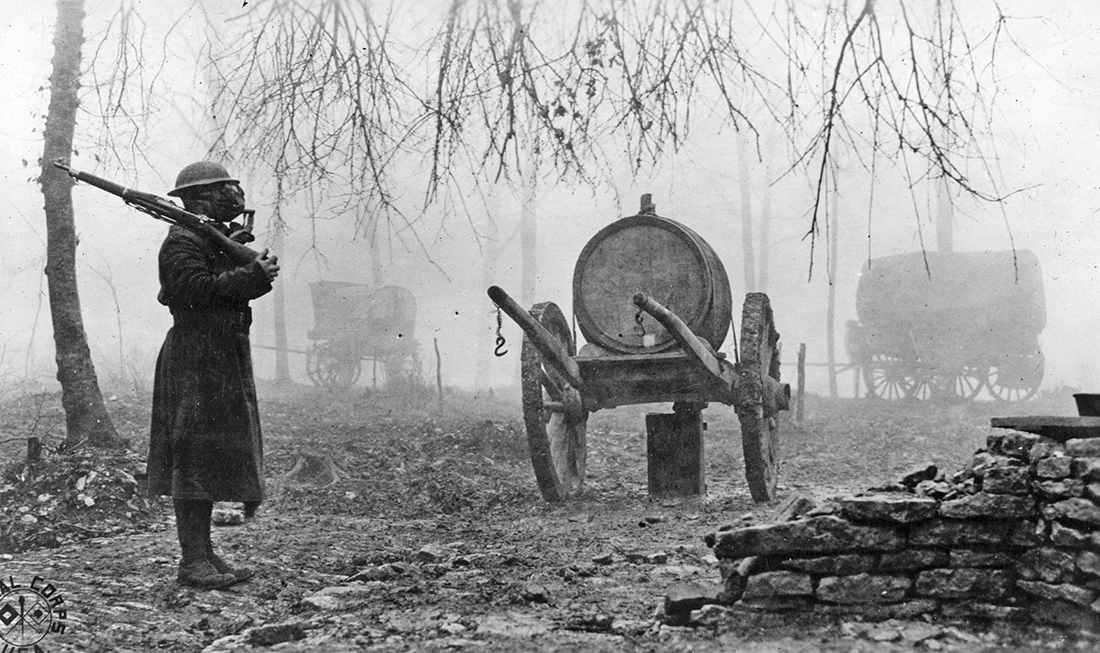
An American soldier stands guard during a German gas attack in France, circa 1918
Postcard from 1917
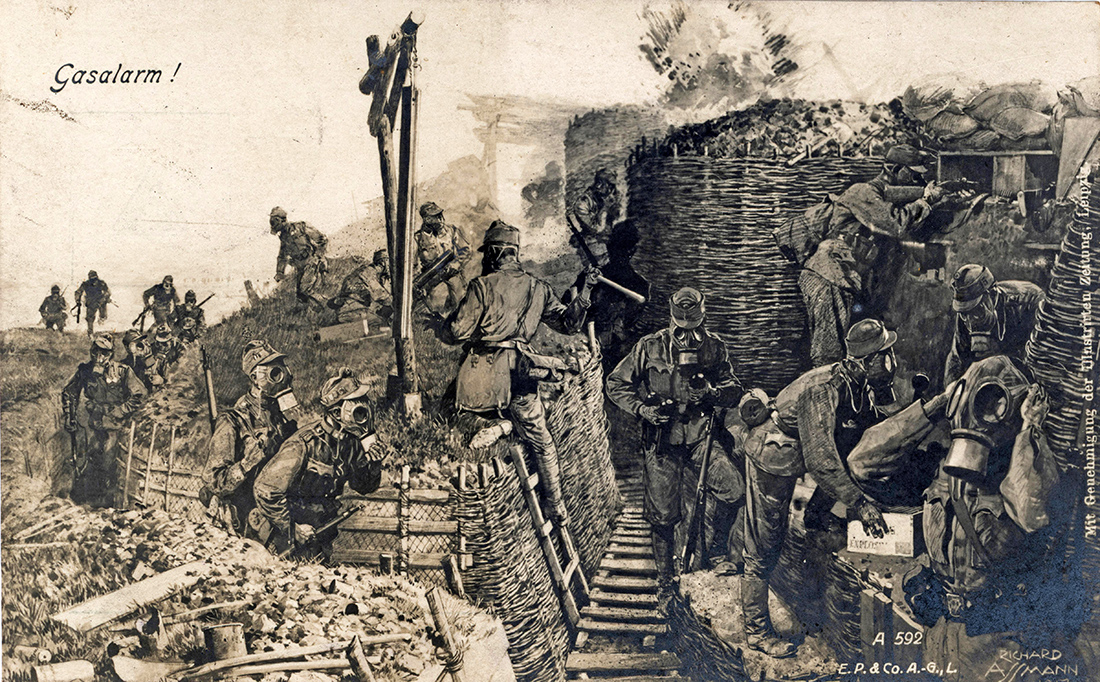
Jan. 1, 1917, Unbekannt, Germany. This historic drawing on a postcard from 1917 shows a propaganda portrayal of a ''Gas Alarm'' in the German bunker on a WWI battlefield.
Get the world’s most fascinating discoveries delivered straight to your inbox.
Anti-aircraft gun
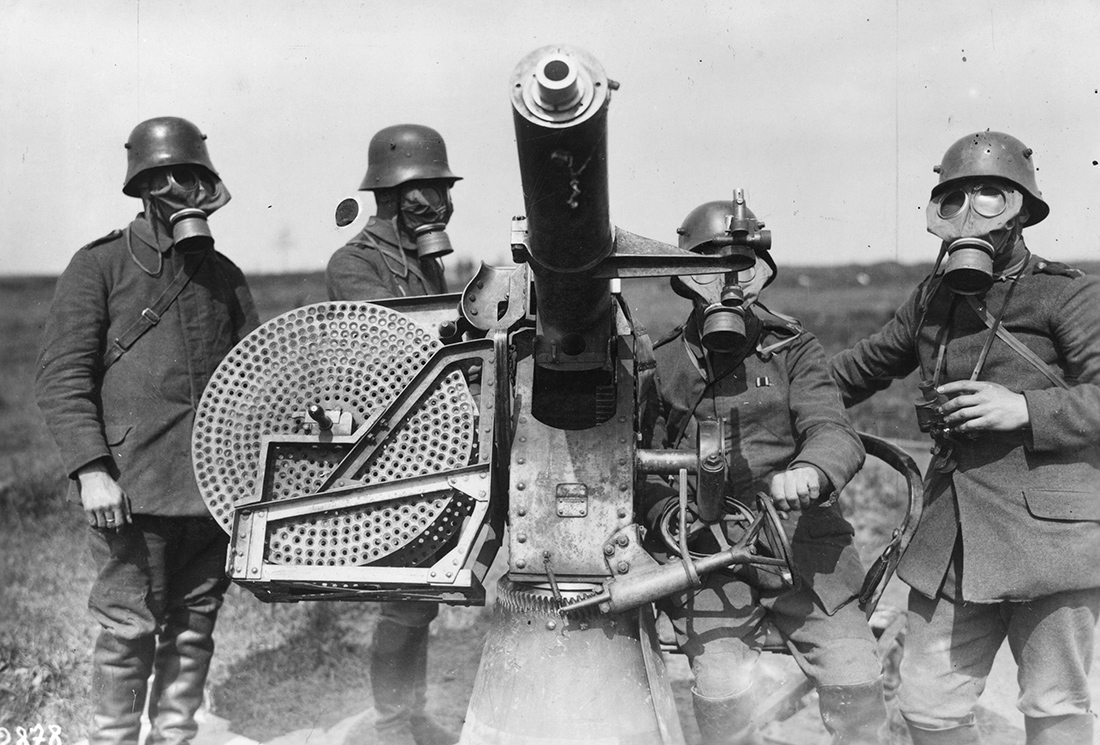
German artillery soldiers wearing gas masks pose with a quick-firing anti-aircraft gun used mainly against low-flying airplanes.
Blowing in the wind
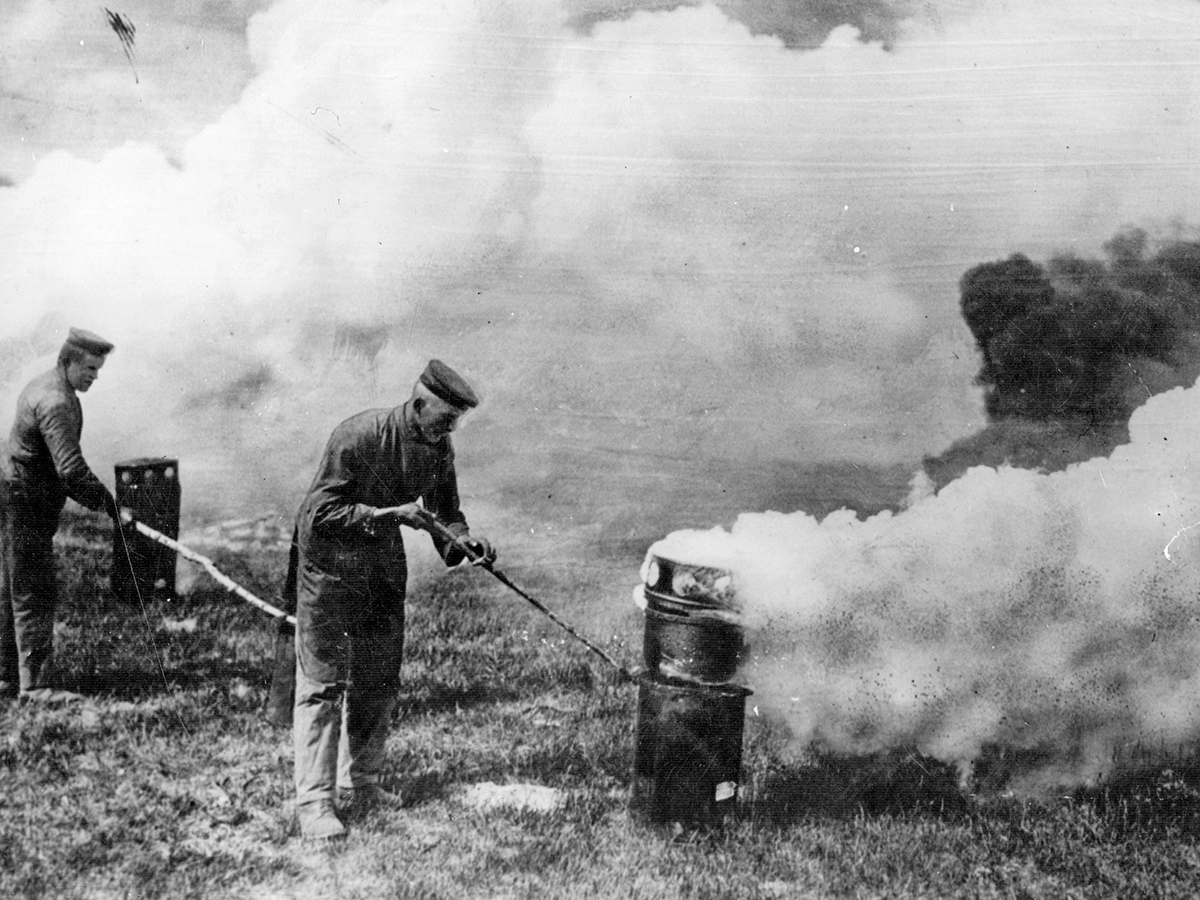
German soldiers take advantage of a suitable wind to release poison gas from cylinders.
French soldiers
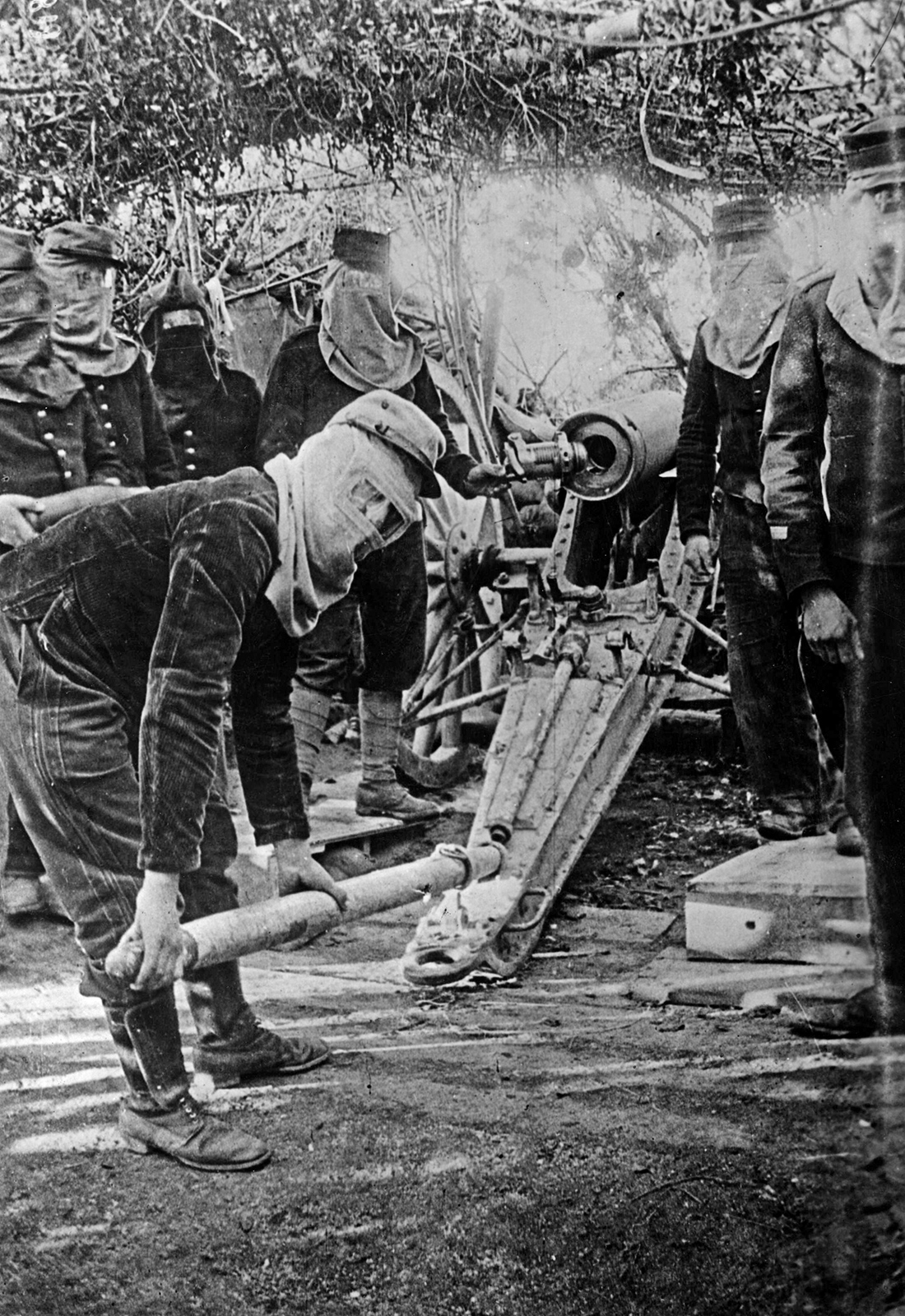
August 1915: French soldiers load artillery shells while wearing masks to protect against gas attacks.
French troops

Circa 1915: French troops wear an early form of gas mask in the trenches during the second Battle of Ypres.
Gas shell bursting
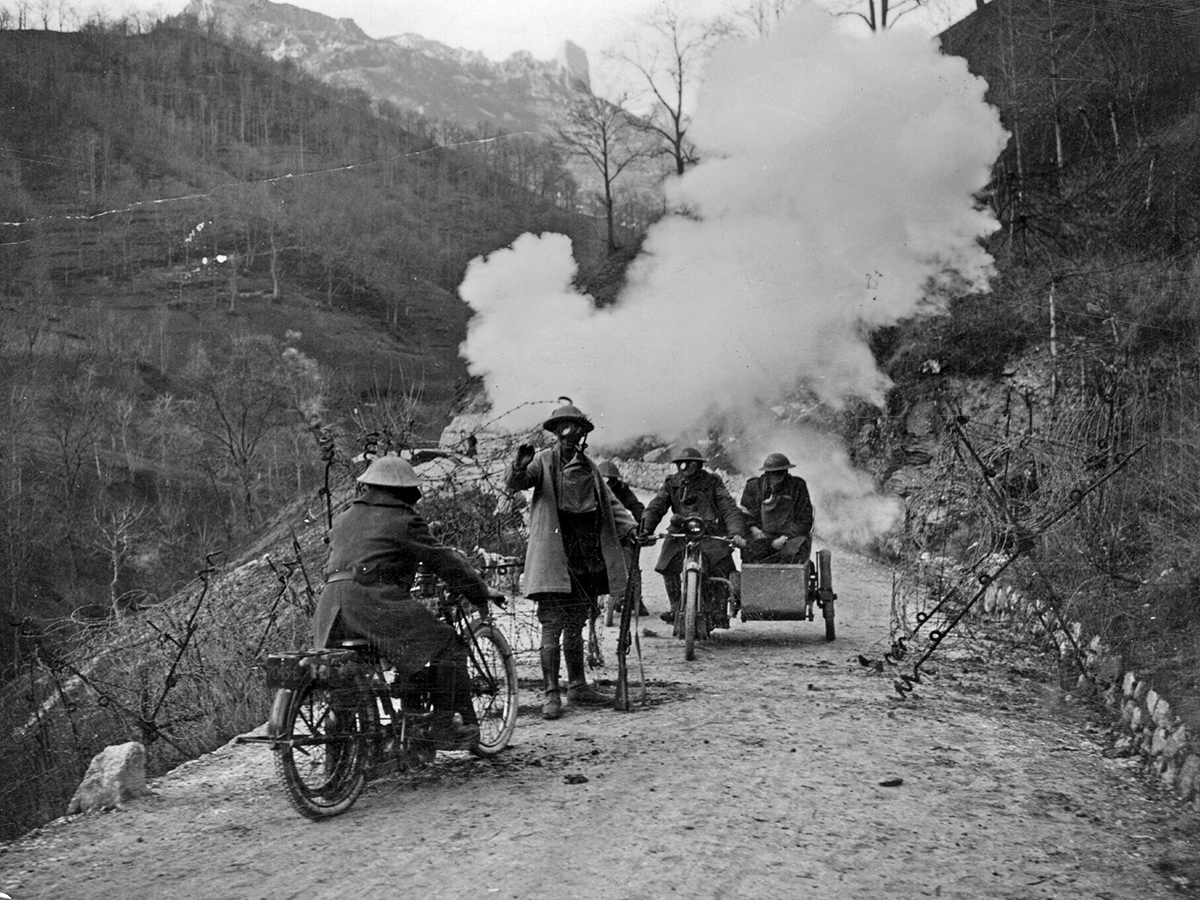
Circa 1916: A gas shell bursts at a road block on the Italian front.

Mindy Weisberger is a science journalist and author of "Rise of the Zombie Bugs: The Surprising Science of Parasitic Mind-Control" (Hopkins Press). She formerly edited for Scholastic and was a channel editor and senior writer for Live Science. She has reported on general science, covering climate change, paleontology, biology and space. Mindy studied film at Columbia University; prior to LS, she produced, wrote and directed media for the American Museum of Natural History in NYC. Her videos about dinosaurs, astrophysics, biodiversity and evolution appear in museums and science centers worldwide, earning awards such as the CINE Golden Eagle and the Communicator Award of Excellence. Her writing has also appeared in Scientific American, The Washington Post, How It Works Magazine and CNN.


